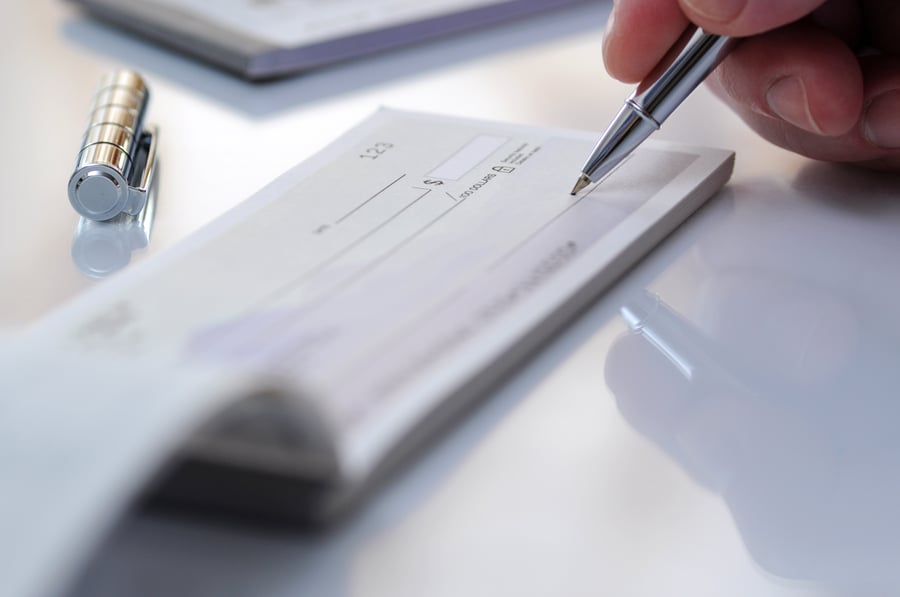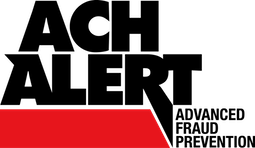
Last year alone, 74 percent of organizations experienced check fraud, according to the AFP Payments Fraud and Control Survey. Given the frequency of check fraud scams, what can financial institutions do to protect themselves and their customers from financial losses?
To start, be wary of the common scams and risks associated with checks. Counterfeiting and check alteration are two methods we have seen on a large scale lately. Using state-of-the-art photocopiers, fraudsters can fabricate a check or duplicate a check. Check altering or check washing can also happen when fraudsters use chemicals to remove or alter the ink on a check. This allows them to erase the payee’s name and replace it with their own, or replace the dollar amount with a larger value.
Businesses often fall victim to these and other check scams, as checks are often used for business-to-business transactions like vendor payments, payroll payments and more. Even financial institutions have become frequent targets for check fraud. Recently, there have been numerous incidents where fraudulent official checks or cashier’s checks are drawn on a bank or credit union’s own account. One scam occurs when fraudsters convince an account holder to go into a financial institution and get a cashier’s check and make it payable to a previously specified third-party. The fraudster will tell the account holder that if they send the check back to them, they will cash the check and send the funds back plus an extra payment. As a result, fraudsters can obtain the financial institution’s routing and account number from the check and us it to commit check fraud. They also see what the cashier’s check looks like, which enables them to create counterfeit checks.
Being aware of the signs that indicate a check may be fraudulent or counterfeit can help enhance security. These signs include: missing address of the bank or customer; stains or discolorations, which could signal check-altering chemicals have been used; and mismatched fonts.
It is also important to verify information on a check to ensure it is legitimate. This includes the contact information of the financial institution, as well as the payor and payee. Verify the financial institution’s routing number, the payee’s account number, and the date and amount of the check. All of these fields should be accurate. Misspellings, typos and other inconsistencies could signal the check is fraudulent. Fortunately, confirming the validity of check payments can be completely automated and streamlined with existing check positive pay technology.
By using one check positive pay solution for ingesting and matching issuance data against capture data, financial institutions can easily create and present exceptions. These exceptions, which are created when the information on a presented check does not match the information from the check issuance file, trigger actionable alerts to account holders so they can make pay or no pay decisions, stopping check fraud before it happens.
In addition to reviewing routing, account and check serial numbers, as well as dollar amounts, payee positive pay allows an account holder to define who they wrote the check to when they upload or enter issue items. Then, when the check is presented, the solution will ensure that the payee name on the check presented for payment matches what the account holder entered. Given the recent uptick in official check fraud for financial institutions, banks and credit unions would be wise to go beyond offering their account holders these fraud prevention tools and use them for their own accounts as well.
The latest positive pay services no longer rely on multiple vendors or systems, which eliminates the need to provide an exception file from one vendor to another when presenting exceptions to account holders. This supports improved operational efficiencies, especially when financial institutions switch online banking systems, as an end-to-end positive pay solution delivers a consistently convenient experience for account holders, despite any digital changes an institution might pursue. Furthermore, today’s account holders have grown used to extensive online and mobile banking functionalities and therefore, will not settle for a substandard positive pay product. Providing the latest tools to offer greater control over check payments will help financial institutions not only protect their own accounts, but also position themselves as valuable partners for the businesses and corporate account holders they serve.



